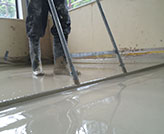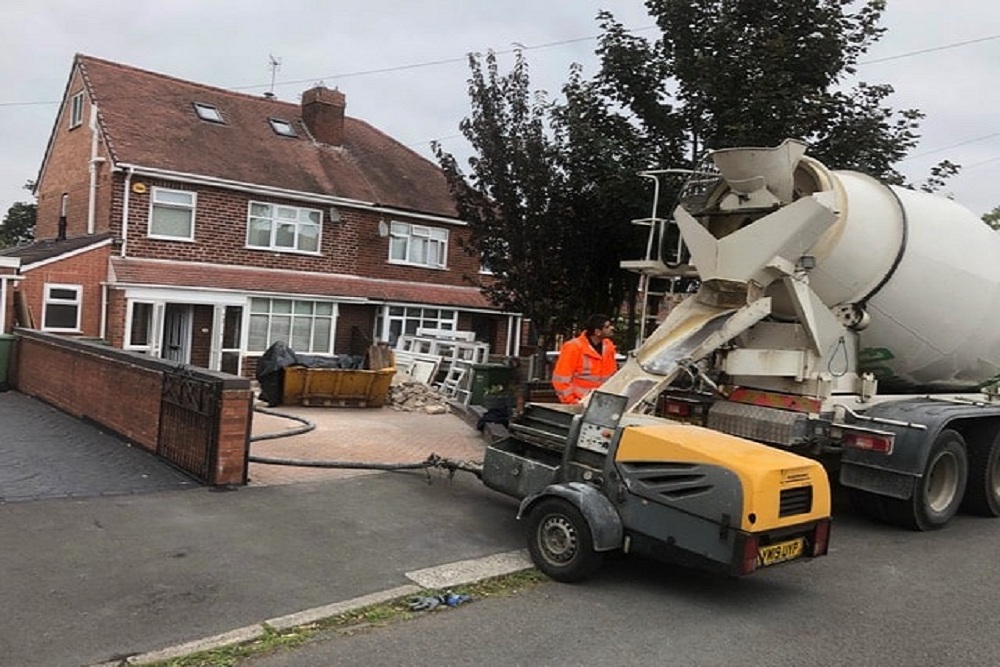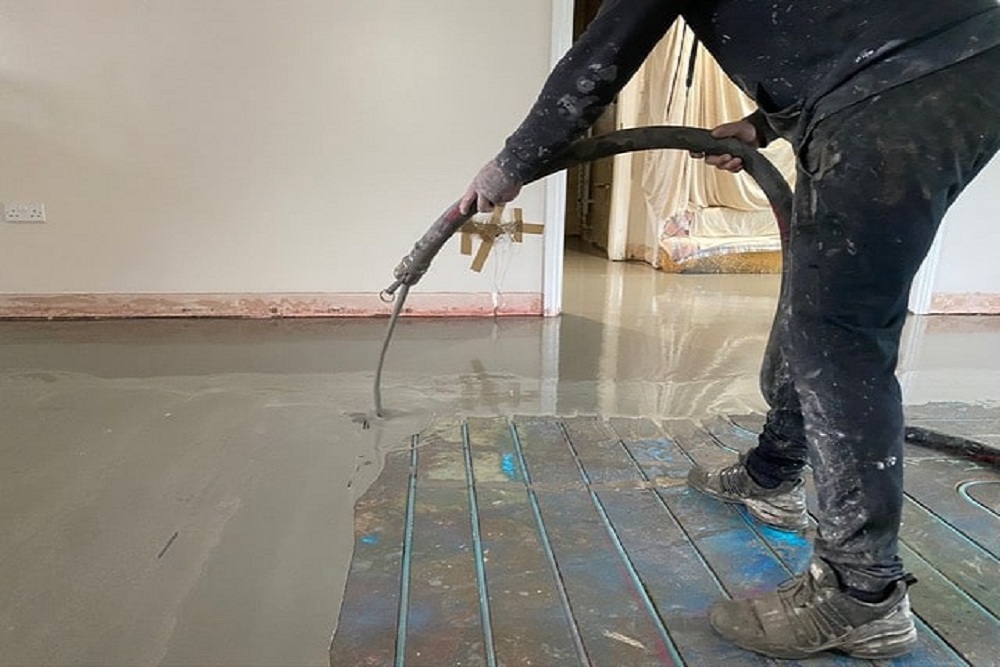This is a fair question, because if you are engaged in any sort of building project or if you are installing underfloor heating in an existing building, you will need a screed, so it is a good idea to understand the differences.
A screed is used to provide a layer on top of a concrete substrate that is as level as it can be in order for the final floor surface, whatever that may be, to be as flat and level as possible. No lumps or bumps.
There are basically two types of screeds, either a dry screed or a liquid screed. A dry screed consists of cement mixed with an aggregate, such as sand, which, when mixed together, form a concrete like substance which is malleable and can be squeezed together into clumps. This is also known as a traditional screed because it has been used for years, and it still is. The screed is then applied to the substrate by hand using a float and a trowel.

Cheap To Produce
One of the advantages of a dry screed is that it is relatively cheap to produce. It can also be used to produce a surface which is not flat, such as might be required in a wet room for example, where there needs to be a slope. In that sort of instance, you could not use a liquid screed because it is self-levelling. Indeed, another name for liquid screeds is self-levelling screeds.
Liquid screeds, also known as flow screeds, use smaller and fewer aggregates than concrete screed and are applied by using a pump. As such, they are extremely quick to apply to the substrate compared with laying a dry screed by hand, so that means that it is less labour-intensive. Obviously, that creates some cost-saving.

Liquid screeds can also be laid a lot thinner than their counterparts. This helps to save on material cost. It is also a great consideration when laying underfloor heating in an existing building because it will not raise the height of the floor as much as a dry screed. In addition, because the screed is thinner, it enables thicker insulation to be laid with it, which will help to keep heating costs down.
Another big advantage of liquid screed when used in conjunction with a water-based underfloor heating system is that it will totally immerse the heating pipes, leaving no air gaps, thus ensuring that the heat transfer is 100%.








